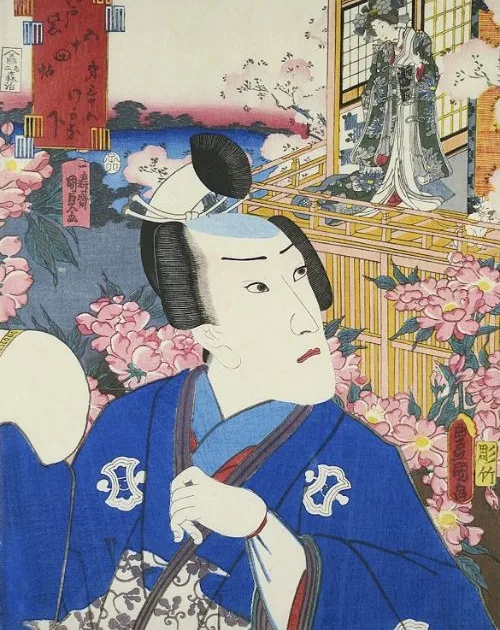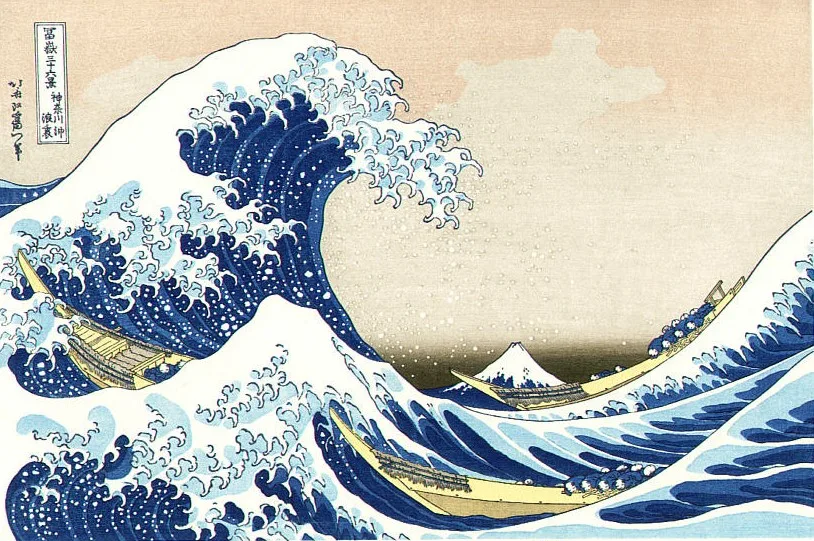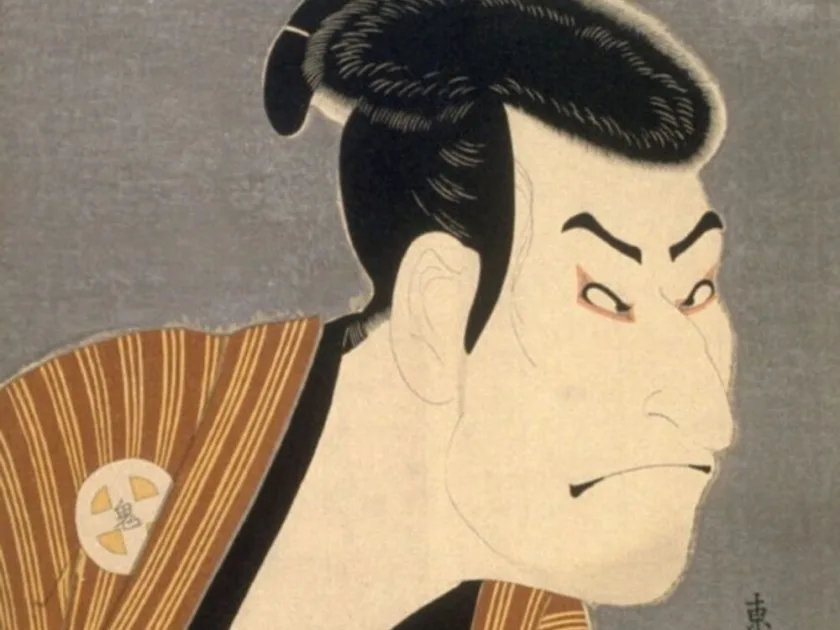Printers: How to Experience Ukiyo-e Making with Authentic Artisans in Tokyo(3)
Printers: How to Experience Ukiyo-e Making with Authentic Artisans in Tokyo(3) Edo Woodblock Prints Rely on the Collaboration of All Four Artisans Edo woodblock prints are a comprehensive art form that comes to life only when all four artisans— the “Eshi (painters)” who draw the initial design, the “Horishi (carvers)” who meticulously carve each color block, the “Surishi (printers)” who layer the colors onto paper using a baren, and the publishing house, known as the “Hanmoto (publishers),” responsible for planning and overseeing the production—come together. The Printers Are Essential in the Final Stages of Woodblock Printing So far, we’ve discussed the roles of the painters, the carvers, and the publishers. Now, let’s delve into the role of the printers. While painters often receive the spotlight, printers and carvers rarely surface. Yet, it’s their exceptional skills that bring woodblock prints to fruition, particularly the printers who are essential in the final stages of woodblock printing. During the founding period of Takahashi Kobo (Studio), they began as printers. Nowadays, the Takahashi Studio also serves as a publisher. What Printers Do Printers meticulously layer colors, starting with the smallest and lightest blocks and gradually building up the image. They apply ink onto




